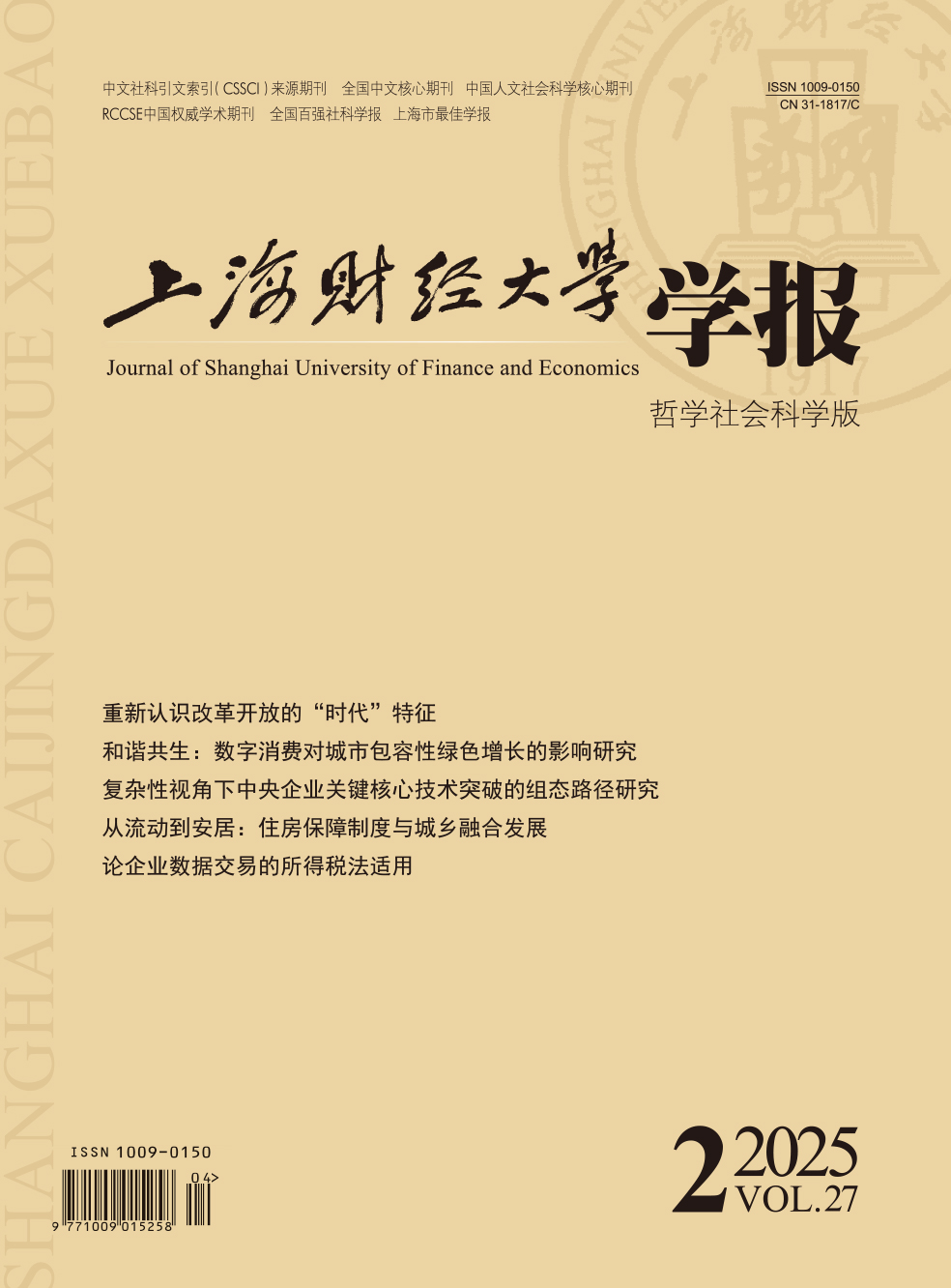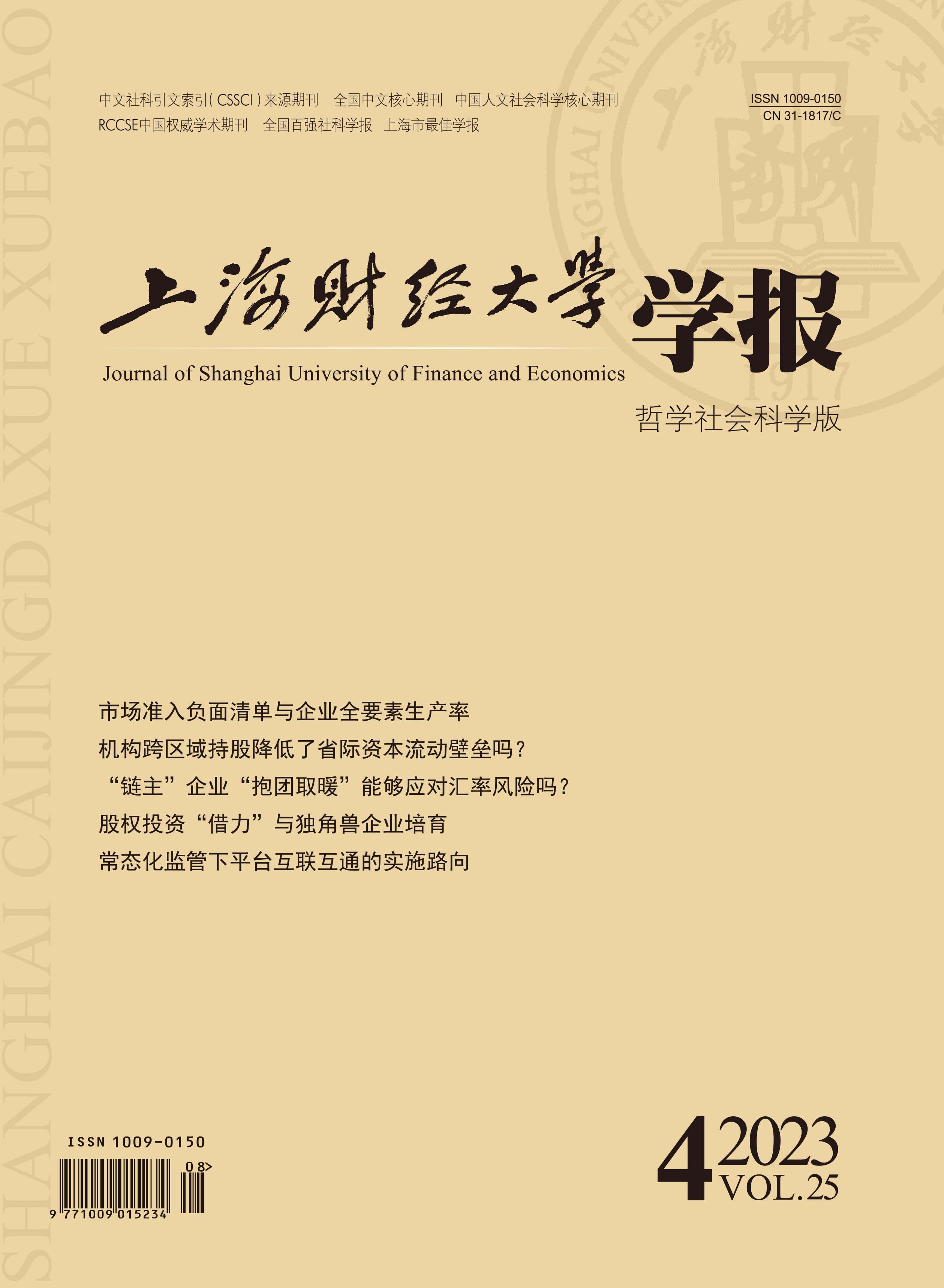In the context of China’s transformation from a “big manufacturing country” to a “manufacturing powerhouse”, the transformation of China’s manufacturing industry is accelerating. Factor prices not only affect the production and operation decisions of enterprises, but also play an important guiding role in selecting the flow direction of migrant workers. Therefore, this paper takes the transformation of manufacturing industry as the background, and the rising factor prices as the entry point, and based on the dynamic monitoring survey data of migration in China, the data of Chinese industrial enterprises, and the data of the macro statistical yearbook, analyzes the impact of changes in the distribution of employment opportunities between regions on the return of migrant workers from two aspects. Since the transformation of manufacturing industry may have a non-linear impact on the return of migrant workers, this paper adds a quadratic term of industrial transformation to the model. It selects the average labor cost of the industry as an instrumental variable to alleviate the potential endogenous problem, and uses the OLS estimation method and instrumental variable method to identify the mechanism of the transformation of manufacturing industry on the return of migrant workers more accurately.
The results show that: First, the change in factor prices has changed the flow direction of migrant workers. That is, the shift from moving towards eastern regions to gradually moving towards central and western regions has resulted in a smaller scale of floating population, a decrease in cross-regional transfer of labor, an increase in local transfer of labor, and a clear trend of return. Second, factor prices affect the return of migrant workers mainly through the transformation of labor-intensive industry. The gravitational effect of high wages on migrant workers in eastern regions is weakened, while the increase of employment opportunities and the improvement of happiness in central and western regions accelerate the return of migrant workers. The transformation of labor-intensive industry plays a guiding role in the return of migrant workers. Central and western regions should make full use of the talent spillover effect of returning migrant workers to add new momentum to local economic development. In addition, it is necessary to formulate policies on the inter-generational differences of migrant workers’ flow. On the one hand, relevant policies on social security such as pension and medical care should be continuously improved after the return of the older generation of migrant workers; on the other hand, the skill level of the younger generation of migrant workers should be constantly improved, in line with the demand for skilled labor in future urban development. This study provides a new perspective and basis for understanding the reasons for the return of migrant workers and how to continue to play an important role in stabilizing employment in the manufacturing industry.





 4067
4067  3360
3360

